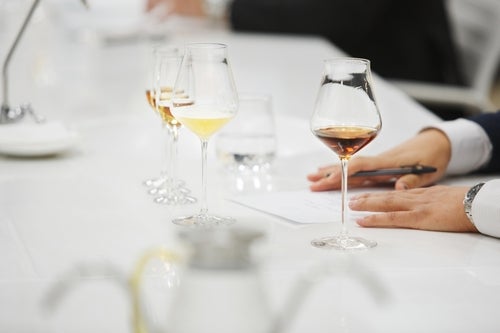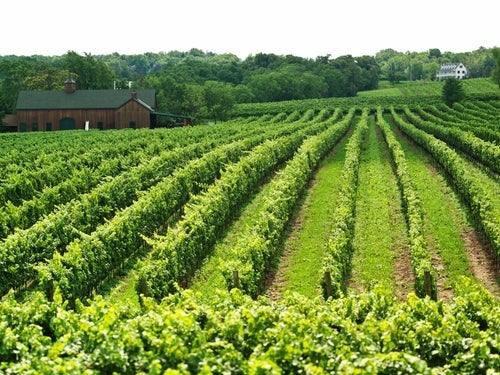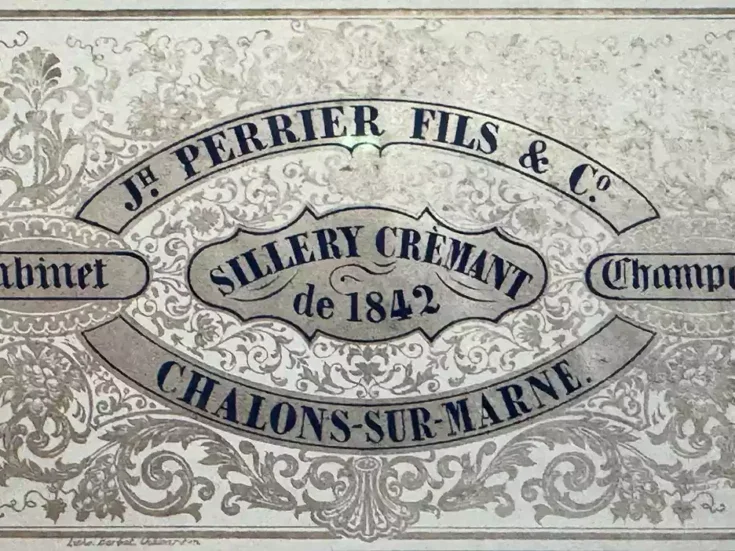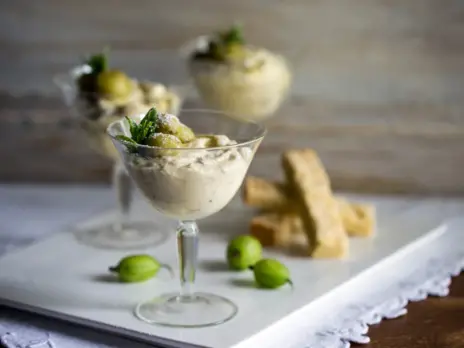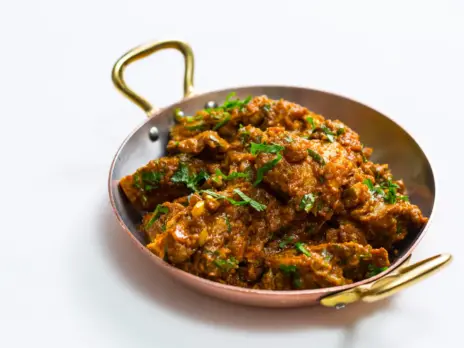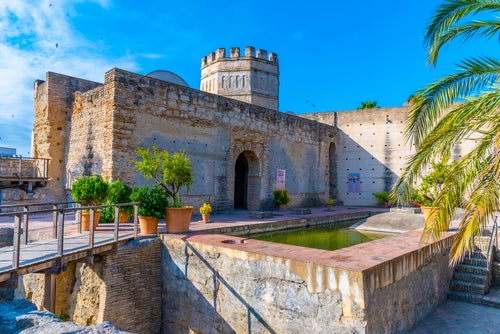
Memories of two remarkable tastings in Jerez help Tim James develop an answer to an age-old question.
I’ve been reading May-Eliane de Lencquesaing’s book My Journey with Wine: From Bordeaux to South Africa. It’s a touch unsatisfactory—interesting about her ownership of Château Pichon Lalande and the rise of the modern Bordeaux market but oddly impersonal as a memoir. There’s rather too much about the likes of the Algerian War and the history of glass, and about arguably grand people and unquestionably grand tastings of Pichon. At one point, Mme de L refers, potentially interestingly, to the insights provided by vertical or horizontal tastings, including measuring “the contributions of recent scientific and oenological discoveries.” They teach us, she says, without expanding on the lesson “that wine is no mere commodity but an art form.”
Wine as art is a concept that has little appeal to me, though many aesthetic categories and intuitions are pleasurably and usefully invoked when talking of wine. It’s much easier to define the boundaries of wine these days than those of art, however, though more difficult to identify an artist when it comes to wine. Basically, I suspect that it’s usually a matter of wine and art appealing to some similar sets of responses in the person enjoying them—that is, that the connections between the two are more in us and our longings than in the objects themselves, which surely embody very different creative processes.
Wine as art?
We do all surely get at least occasionally tempted to raise (as we think) the level of wine to that of art. I recall writing about a pair of tastings that were among the greatest wine experiences of my life, ones that, I remembered, expressed my closest experience of how wine can be taken aesthetically. Both were of Sherry, held in its charming hometown, Jerez de la Frontera, during the 2014 Vinoble festival of sweet and fortified wines. I was there primarily to offer a mixed tasting of such wines from South Africa but preferred the other side of the podium.
The first was a tasting of fine old Amontillados, after which, as I wrote while the mood was still on me, “I wandered a long way home through the Sunday night streets of Jerez, sometimes almost in tears.” It was the final wine that brought me as close as I’ve ever been to believing that wine can be art, and unutterably profound. Pérez Barquero Amontillado Solera Fundacional 1905, it was—actually from Montilla, so not technically a Sherry at all, and, also untypically, made from Pedro Ximénez, the grape used primarily for sweet Sherries; the date in the name reflected the foundation of the solera, but this wonderful wine was nearly as old as that.
The second tasting, next day, was more perfect as a shaped whole. It was held in the octagonal old mosque of the Alcázar de Jerez, while a guitarist played softly throughout and Antonio Flores, master blender at González Byass, with poetry (it seemed to me) and quiet passion presented just five wines. They were special and rare, vintaged (that is, not blended in soleras) Palo Cortados, the strange and delicately forceful wine that’s somewhere between Amontillado and Oloroso in character. We tasted the remarkable, concentrated yet supremely elegant and refined 1987, 1975, 1970—and then the near-black 1935, approachable with only the tiniest of sips, so intense was its salty, iodine concentration, giving a flavor that, I swear, lingered for hours. The wine showed, said Antonio Flores with conviction, the “genuine perfume of Jerez.”
Great wines, indeed, but I think that it was the tasting as a whole that approached artistic sublimity, with interlocking perfections of place, wine, and presentation.
But the wines themselves as art? No. Perhaps we want to invoke art because we believe that art is uniquely human and great (or, depressingly, know that it’s very expensive and therefore must be best). It’s possible, though, to think of more natural processes as equally wonderful, where human intervention is as crucial but more responsive and less defining than in art. De Lencquesaing, a few paragraphs after writing of wine as art, rather contradictorily, I’d say, invokes “Mother Nature, with her whims and secrets.” She quotes Bernard Clavel: “Wine is the most beautiful hymn the earth, the wind, the sun, and the rain have ever written.” I like that lyrical flight—but how to see nature’s hymn as human art?
With great old Sherry—as just one example—I think of wine made appropriately to its ultimate purpose: of careful human observation and selection; of our understanding how different yeasts work; and how, rather mysteriously, time works—deleteriously or with wonderful effect. I think of Antonio Flores quietly moving among the butts in the vast, dim, cool, human-constructed spaces of Jerez’s bodegas—sampling, judging, guiding, waiting, selecting.
The great Hungarian Marxist thinker György Lukács considered art as, perhaps, humanity’s self-consciousness, the product of the aesthetic mode of perceiving human interaction with objective reality. Wine is something as humane as—and as expressive of—that interaction, certainly no “mere commodity,” and we need not feel abashed at its perhaps simpler—but, at its best, splendid—claims.

